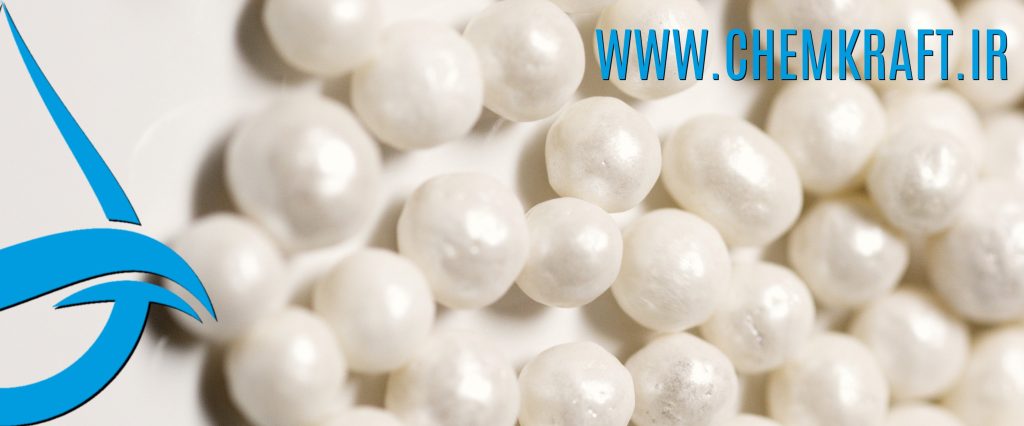Introduction:
Caustic Soda in Architecture: Caustic soda, or sodium hydroxide (NaOH), is a powerful and versatile chemical compound with a transformative role in various industries. While its applications span across manufacturing, textiles, and water treatment, its lesser-known but equally significant impact in architecture is noteworthy. This essay explores the multifaceted role of caustic soda in architecture, shedding light on its contributions to the construction and preservation of structures.
**1. Concrete Production and Modification:
One of the fundamental ways caustic soda contributes to architecture is through its role in concrete production. The alkali-silica reaction, a common cause of concrete deterioration, can be mitigated by incorporating caustic soda into the concrete mix. This chemical modification enhances the durability and longevity of concrete structures, ranging from residential buildings to large-scale infrastructure projects.
The use of caustic soda in concrete mixtures helps control the alkali content, reducing the risk of cracking and structural damage over time. By playing a key role in the enhancement of concrete properties, caustic soda contributes to the construction of robust and resilient architectural structures.
**2. Masonry Cleaning and Restoration:
Caustic soda finds applications in the restoration and cleaning of masonry surfaces. Historical buildings and monuments often accumulate layers of dirt, pollutants, and biological growth over time. Caustic soda solutions are employed in cleaning processes to remove these contaminants, restoring the original appearance of architectural elements.
The chemical’s ability to break down organic matter and remove stubborn stains makes it a valuable tool in architectural conservation. From iconic landmarks to heritage structures, caustic soda contributes to the preservation of architectural treasures, ensuring they stand the test of time.
**3. Paint Stripping and Surface Preparation:
Architectural renovations often involve the removal of old paint layers from surfaces. Caustic soda solutions act as effective paint strippers, facilitating the restoration of surfaces before repainting or applying new finishes. This process is particularly relevant in the refurbishment of historical buildings where preserving the integrity of the original materials is crucial.
The use of caustic soda for paint stripping is a sustainable approach compared to some alternative methods, as it minimizes the generation of harmful emissions and reduces the need for harsh chemical solvents. In this way, caustic soda contributes to environmentally conscious practices in architectural restoration.
**4. Aluminum Surface Treatment:
Architectural structures often incorporate aluminum elements, such as windows, doors, and facades. Caustic soda is employed in the surface treatment of aluminum to enhance its adhesion properties for subsequent coatings. This process, known as etching, promotes better paint or anodizing adherence, contributing to the aesthetic and protective aspects of architectural aluminum elements.
By improving the surface characteristics of aluminum, caustic soda plays a crucial role in ensuring the longevity and performance of architectural components exposed to environmental elements.
**5. Waterproofing and Sealant Production:
The construction industry relies on caustic soda for the production of various materials, including waterproofing agents and sealants. These materials are integral in architectural applications, forming protective barriers against water ingress and environmental pollutants. Waterproofing solutions, derived from caustic soda, are essential for safeguarding the structural integrity of buildings and preventing moisture-related issues such as mold growth and deterioration.
Additionally, caustic soda contributes to the production of sealants used in joints, gaps, and seams of architectural elements. These sealants enhance the building’s resilience to weather conditions and contribute to energy efficiency by reducing air and water infiltration.
**6. pH Adjustment in Construction Materials:
Caustic soda is utilized in the construction industry for pH adjustment in various materials. It plays a crucial role in balancing the acidity or alkalinity of solutions used in construction processes. For example, in the preparation of mortar or grout, maintaining the appropriate pH level is essential for optimal performance and durability.
The controlled addition of caustic soda ensures that construction materials achieve the desired chemical properties, contributing to the overall quality and performance of architectural elements.

Caustic Soda in Architecture
Conclusion:
In conclusion, caustic soda plays a multifaceted and indispensable role in architecture, influencing both the construction and preservation of structures. Its involvement in concrete modification, masonry cleaning, paint stripping, aluminum surface treatment, waterproofing, and pH adjustment showcases the diverse applications that contribute to the resilience, aesthetics, and longevity of architectural elements.
As the architectural landscape continues to evolve, the significance of caustic soda in construction and restoration processes is likely to expand. Architects, engineers, and conservationists will continue to leverage the unique properties of caustic soda to enhance the sustainability and durability of architectural masterpieces, ensuring that they withstand the test of time and environmental challenges.










